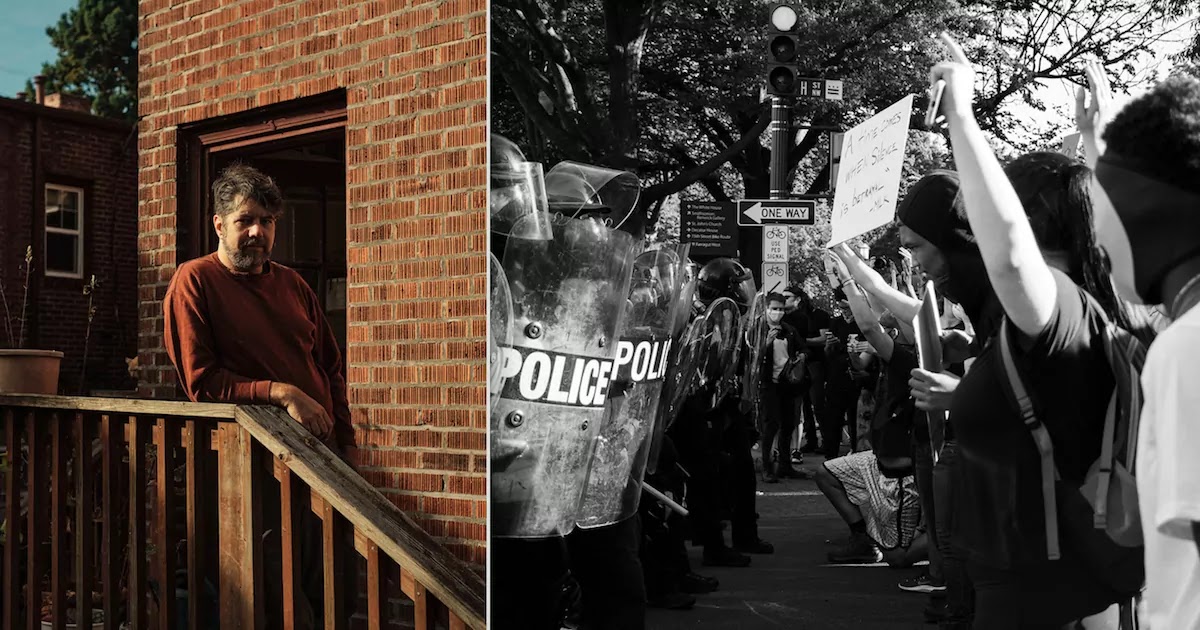
Photo: (Left) Christopher Howell, who tapped his knowledge of neural net technology after police tear-gassed him at a protest in Portland, Ore. "We need to know who is doing what, so we can deal with it." Mason Trinca for The New York Times
Facial recognition technology has come in for extreme criticism over the last couple of years, largely due to the perceived danger to human rights it poses. The technology allows cameras to record people's faces, even as the stroll along in public, and check to see who they are via a database.
Police forces say it is highly useful for catching criminals and for making sure anyone who carries out a crime can later be found more easily.
Some though believe the technology can be used as a tool for harassment. In many cases where the technology has been active, there have been numerous people arrested because the technology has falsely flagged them as a suspect or criminal. Similarly, others have complained that the technology is used mostly in areas with high-levels of ethnic minorities, resulting in racial profiling. In China, there are worries that facial recognition technology is being used to dissuade people from protesting as they would find themselves logged into databases and then denied jobs or opportunities in the future.
Now activists have turned the technology to their own advantage, targeting cops and law enforcement officials who hide their badge identification numbers during protests, a practice that was seen commonly during the riots that swept across the United States this summer. Police officers covering badges means that they can often commit crimes with impunity, including the mistreatment of protestors.
Christopher Howell, an activist from Portland, Oregon, has begun using the technology to track police officers at protests who were not identifying themselves. He said:
"I am involved with developing facial recognition to in fact use on Portland police officers, since they are not identifying themselves to the public. This was, you know, kind of a 'shower thought' moment for me, and just kind of an intersection of what I know how to do and what my current interests are. Accountability is important. We need to know who is doing what, so we can deal with it."
He isn't the first protestor to do so either. In 2019 during the Hong Kong protests, Colin Cheung developed a tool that could identify police officers. In France, during the 'Gilet Junes' protests, Paolo Cirio published photos of 4,000 French police officers online as part of what he said was a project using facial recognition to identify police acting maliciously.
Other activists have begun using social media to find out about police officer's private lives and who their associates are, as well as their political leanings. Many fear that this could be used for malicious purposes and to cause harm to those identified.
While technology may pose a threat to our human rights and liberty, what is evident is that once it is out of the box, anyone can end up using it to their advantage.














COMMENTS